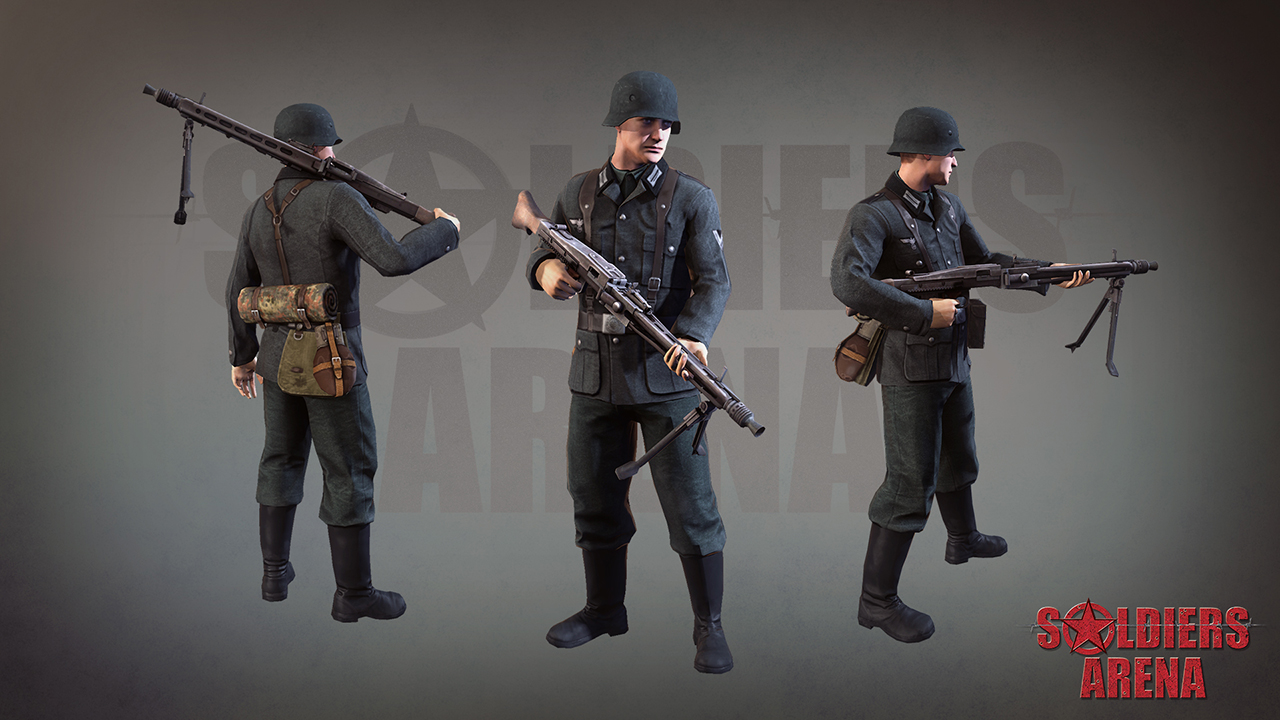
Today, the total cost of paying and supporting military personnel includes more than the basic compensation, healthcare, and retirement benefits that most private-sector employers offer. In-text references to changes in personnel costs are also based on this data. Source: Figure based on author’s analysis of Department of Defense and Office of Management and Budget data sources in a recent report. To attract new servicemembers, the Defense Department raised basic pay for junior enlisted and officers to compete better with the private sector.įigure 1: Historical U.S. However, the end of conscription and the transition to the all-volunteer force in 1973 eliminated the military’s source of cheap labor and its ability to quickly surge personnel. Personnel costs and the total number of active-duty servicemembers generally rose and fell together from the end of World War II through the Vietnam War. Servicemember pay and benefits may be a politically sensitive issue, but the department and Congress should take steps to modernize the military’s personnel and force management systems as they also work to modernize its capabilities for the future.

High costs also limit the Defense Department’s strategic flexibility to allocate resources to priority programs and missions. While pay and benefits should stay competitive with the private sector to attract candidates for military service, high personnel costs, by historical standards, threaten the long-term sustainability of the force. Initially driven by the need to recruit servicemembers to the all-volunteer force, which was instituted in 1973, personnel costs grew dramatically at the turn of the century due to changes in compensation and benefit structures.

This trend poses a key question: Can the Department of Defense afford a military force of sufficient size to support the country’s defense strategy in the coming years and decades? The answer hinges, in part, on whether it can manage the growth of military personnel costs, which have more than doubled between FY1952 and FY2020 when adjusted for inflation. Yet by FY2020, that figure had declined by over 60 percent, driven in part by significant post-Cold War reductions in the 1990s. Active-duty end strength peaked in Fiscal Year 1952, during the Korean War, at 3.6 million servicemembers.

military has fallen to historic lows in the post-World War II era by almost all measures. Over the past decade, the size of the U.S.


 0 kommentar(er)
0 kommentar(er)
